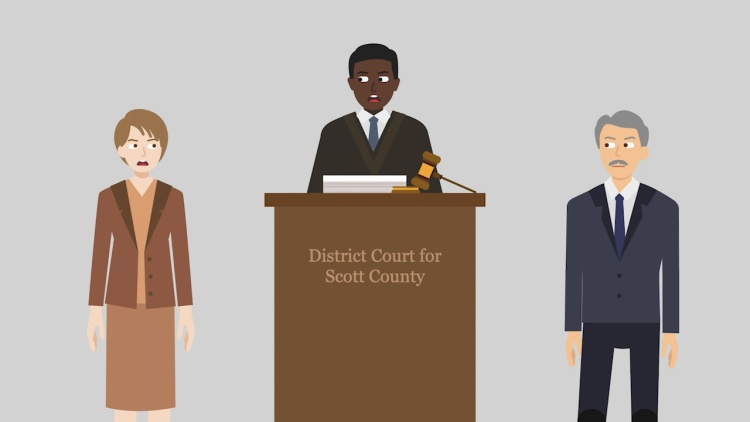Ludman v. Davenport Assumption High School
Iowa Supreme Court
895 N.W.2d 902 (2017)

- Written by Eric Cervone, LLM
Facts
Spencer Ludman (plaintiff) was a high school baseball player. Ludman traveled with his team for a game against Davenport Assumption High School (Assumption) (defendant). The visiting team’s dugout was located on the first-base side of the field, thirty feet from the foul line. There was a fence in front of a majority of the dugout. However, at each end of the dugout, there was a five-foot-wide opening in the fence to allow players access in and out of the dugout. There was a bench in the dugout directly behind the fence. During the game, Ludman was preparing for the next inning and was standing in the opening of the dugout farthest from home plate. A line-drive foul ball struck Ludman in the head and fractured his skull. Ludman suffered extensive damage. He began having seizures several months later, and continued to deal with posttraumatic stress symptoms, depression, and behavioral issues. Ludman filed suit against Assumption for negligence by failing to properly protect players in the visiting dugout. Before trial, Ludman filed a motion in limine to prevent Assumption from introducing evidence of other high school dugouts as proof of Assumption meeting the standard of due care. Assumption wanted to present evidence that several schools in the same conference had two openings in their dugouts, similar to Assumption’s dugout. The trial court sustained Ludman’s motion. The trial court reasoned that because Ludman presented evidence of the due care standard by expert testimony, the custom of the community was irrelevant. Assumption appealed, arguing that the trial court erred in preventing Assumption from presenting evidence concerning the custom in the design and construction of dugouts. The case eventually made its way to the state supreme court.
Rule of Law
Issue
Holding and Reasoning (Wiggins, J.)
What to do next…
Here's why 899,000 law students have relied on our case briefs:
- Written by law professors and practitioners, not other law students. 47,000 briefs, keyed to 994 casebooks. Top-notch customer support.
- The right amount of information, includes the facts, issues, rule of law, holding and reasoning, and any concurrences and dissents.
- Access in your classes, works on your mobile and tablet. Massive library of related video lessons and high quality multiple-choice questions.
- Easy to use, uniform format for every case brief. Written in plain English, not in legalese. Our briefs summarize and simplify; they don’t just repeat the court’s language.






